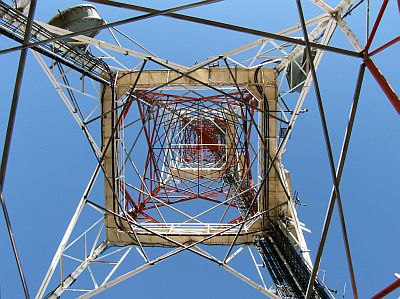 The FCC recently adopted a Report and Order to streamline and eliminate outdated provisions of its Part 17 Rules governing the construction, marking, and lighting of antenna structures.
The FCC recently adopted a Report and Order to streamline and eliminate outdated provisions of its Part 17 Rules governing the construction, marking, and lighting of antenna structures.
The Commissions goal was to improve compliance and enforcement while eliminating unnecessary and burdensome requirements for tower owners. It would also allow FCC rules and FAA rules to synchronize more closely.
Among the updates are….
1. Require tower owners to comply with the marking and lighting specifications included in the FAA’s “no hazard” determination for that particular tower, thereby making FCC and FAA regulations consistent in this area. It also requires that any changes to marking or lightning be approved by the FCC and FAA.
2. The new rules state that FCC approval is required for any change or correction to a structure of one foot or greater in height, or one second or greater in location, relative to the existing information in the structure’s ASR form. This is the same as that used by the FAA for requiring a new aeronautical study and determination of “no hazard”.
3. Tower owners are now required to notify the FCC within five days of “when a construction or alteration of a structure reaches its greatest height, when a construction or alteration is dismantled or destroyed, and when there are changes in structure height or ownership. Previous rules indicated 24 hours.
4. The new ASR posting requirement gives tower owners greater latitude regarding where they must post their Antenna Structure Registration numbers. Registration numbers can now be posted at the “closest publicly accessible” location near the tower base.
5. The Order established a process allowing qualifying network operations center-based monitoring systems to be exempted from the existing quarterly inspection requirements that apply to automatic or mechanical control devices, indicators, and alarm systems used to ensure tower lighting systems are functioning properly. Specifically, systems with advanced self-diagnostic functions, an operations center staffed with “trained personnel capable of responding to alarms 24 hours per day, 365 days per year”, and a backup network operations center that can monitor systems in the event of failure, may be eligible for the exemption.
6. The FCC will now require antenna structure owners to maintain records of observed or otherwise known outages or improper functioning of structure lights for two years, and the records must be provided to inspectors upon request.
7. With regard to painting, the FCC adopted the FAA’s “In-Service Aviation Orange Tolerance Chart” as the standard for determining whether an antenna structure needs to be cleaned or repainted.
The new rules will take effect 30 days after notice of the Order is published in the Federal Register.
Larry Wilkins CPBE®
Alabama Broadcasters Association
334-303-2525